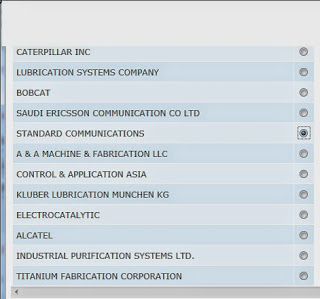Use the below code as a reference.
public void GetDatainDataset()
{
using (OracleConnection conn = new OracleConnection(strConnStr)) { conn.Open();
OracleCommand cmdABC = new OracleCommand();
cmdABC.Connection = conn;
cmdABC.CommandType = CommandType.StoredProcedure;
cmdABC.CommandText = Stored Procedure Name;
cmdABC.Parameters.Add("P_RC", OracleDbType.RefCursor).Direction = ParameterDirection.Output;
DataSet ds = new DataSet();
OracleDataAdapter adapter = new OracleDataAdapter(cmdPlants);
adapter.Fill(ds);
ddlABC.DataSource = ds.Tables[0];
ddlABC.DataTextField = "A";
ddlABC.DataValueField = "B";
ddlABC.DataBind();
conn.Close();
conn.Dispose();}

